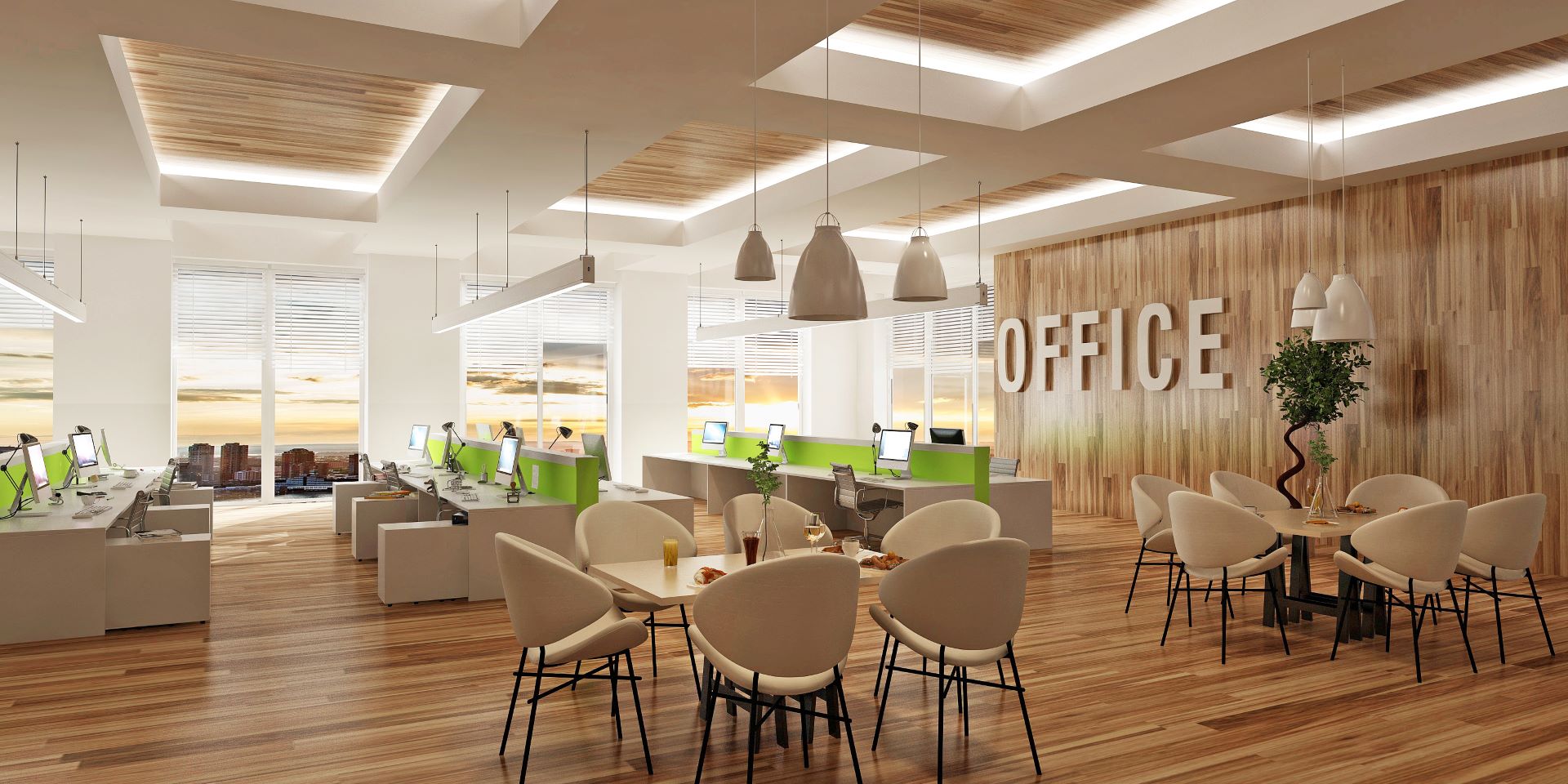6 Lighting Tips To Promote Productivity In Your Workplace

Lighting is an essential element of any workplace. Whether you have LED spotlights, incandescent bulbs, or fluorescent lights, lighting not only improves the looks of your office but can also significantly impact the well-being and morale of your staff.
Proper lighting can help improve productivity, enhance team member mood, and reduce stress levels. In contrast, poor lighting can cause fatigue, eye strain, headaches, and depression. That said, it’s a critical aspect that may significantly impact workplace efficiency. However, it’s something many businesses overlook when planning and designing their office.
To help you, here are some lighting tips to promote productivity in your workplace:
1. Make Use Of Natural Light
Using natural light is an excellent approach to increasing productivity and mood in the workplace. Not only is it healthful, but it is also very effective. Natural light can also aid in the reduction of eye strain and headaches induced by prolonged computer screen use.
According to studies, employees who work in natural light conditions are reduced sick days and staff turnover. Moreover, workers are more productive, focused, and happy than those who work in artificial light.
Use the windows in your workspace to your advantage. Organize desks and workstations so natural light may enter the space. However, ensure you don’t introduce direct sunlight, which produces glare and causes discomfort. If this happens, consider utilizing glare-reducing shades or drapes that you can easily adjust according to the sun’s location.
2. Use LED
Most workplaces lack large glass windows, and even if they do, the scale of many structures makes it impossible to illuminate the whole space with natural light. In this case, LED lighting is an excellent choice for your office.
For starters, they are significantly more environmentally friendly than incandescent lights. They have a much longer lifespan, so you won’t have to replace them frequently or spend as much on electricity bills. This is beneficial from a commercial standpoint regarding outgoings. Still, the biggest benefit of switching to LED is the effects on the employee’s well-being, as LED lights provide better illumination that helps to create a comfortable and efficient workplace environment.
3. Have Enough Lights
Inadequate lighting can induce eye strain, headaches, and weariness, reducing staff productivity. Therefore, having enough lights in the workplace is essential to avoid causing any discomfort to the team members.
Most workplace environments should have between 300 and 500 lux light levels. You may need to use a combination of overhead, task, and natural light to obtain this lighting level. Overhead lighting should illuminate the entire space, while task lighting should highlight individual workstations or regions.
4. Use The Appropriate Colour
Colour temperature describes the hue of the light emitted by a light source. It is expressed in Kelvin (K), with lower values representing warmer tones and higher values representing cooler tones. The correct colour temperature can influence employee mood and productivity.
Most office settings suggest a colour temperature of 3500K to 5000K. This range emits a neutral white light that is neither hot nor cold. Warm light (2700K to 3000K) can produce a friendly environment, but it may not be suitable for task-oriented work. Cold light (5000K and higher) can create a sterile and harsh environment, causing eye strain and fatigue.
The appropriate lighting helps set the mood for certain tasks and can also aid in preventing eye strain and fatigue, which can reduce productivity. Selecting the proper light colour can assist in creating a comfortable and soothing environment, lowering stress and enhancing productivity.
5. Position Lighting To Avoid Glare
Many workplaces suffer from glare. There is a brightness difference between a light source and its surroundings. Glare can cause eye strain, headaches, and discomfort, all of which reduce productivity at work.
Position light sources away from reflecting objects, such as computer screens and polished workstations, to reduce glare. To prevent glare, choose matte finishes on walls and furniture. To reduce glare, use task lighting that can be aimed away from the eyes.
6. Consider The Use Of Smart Lighting Systems
Smart lighting systems use sensors to detect occupancy, daylight, and other conditions to alter lighting settings automatically. These solutions can help save energy while increasing staff comfort and productivity. For example, if a workstation is idle, the system can switch off the lights automatically, saving energy. When workers enter the workplace, the system may alter the lighting intensity to maximize productivity and comfort.
In Conclusion
Lighting is a crucial factor that can impact employee productivity and well-being. By using natural light, and LED and having enough lights, you can help alleviate the working conditions. Moreover, using the appropriate light colour, positioning lights to avoid glare and using smart lights will help improve productivity, enhance their mood, and reduce stress levels.






